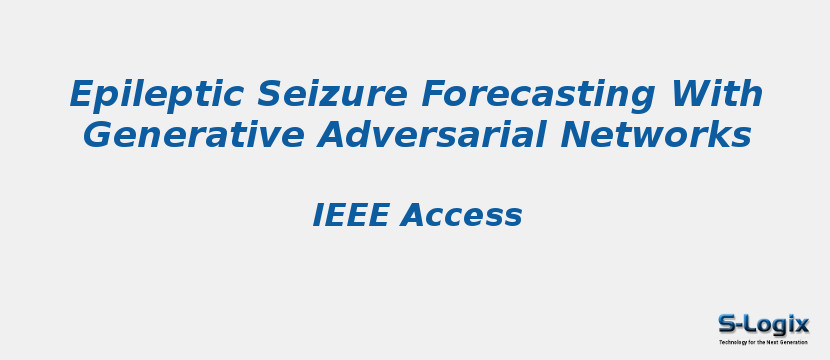Research Area: Machine Learning
Many outstanding studies have reported promising results in seizure forecasting, one of the most challenging predictive data analysis problems. This is mainly because electroencephalogram (EEG) bio-signal intensity is very small, in $mu ext{V}$ range, and there are significant sensing difficulties given physiological and non-physiological artifacts. Today the process of accurate epileptic seizure identification and data labeling is done by neurologists. The current unpredictability of epileptic seizure activities together with the lack of reliable treatment for patients living with drug resistant forms of epilepsy creates an urgency for research into accurate, sensitive and patient-specific seizure forecasting. Most seizure forecasting algorithms use only labeled data for training purposes. As the seizure data is labeled manually by neurologists, preparing the labeled data is expensive and time consuming, making the best use of the data critical. In this article, we propose an approach that can make use of not only labeled EEG signals but also the unlabeled ones which are more accessible. We use the short-time Fourier transform on 28-s EEG windows as a pre-processing step. A generative adversarial network (GAN) is trained in an unsupervised manner where information of seizure onset is disregarded. The trained Discriminator of the GAN is then used as a feature extractor. Features generated by the feature extractor are classified by two fully-connected layers (can be replaced by any classifier) for the labeled EEG signals. This semi-supervised patient-specific seizure forecasting method achieves an out-of-sample testing area under the operating characteristic curve (AUC) of 77.68%, 75.47% and 65.05% for the CHB-MIT scalp EEG dataset, the Freiburg Hospital intracranial EEG dataset and the EPILEPSIAE dataset, respectively. Unsupervised training without the need for labeling is important because not only it can be performed in real-time during EEG signal recording, but also it does not require feature engineering effort for each patient. To the best of our knowledge, this is the first application of GAN to seizure forecasting.
Keywords:
Author(s) Name: Nhan Duy Truong; Levin Kuhlmann; Mohammad Reza Bonyadi; Damien Querlioz; Luping Zhou; Omid Kavehei
Journal name: IEEE Access
Conferrence name:
Publisher name: IEEE
DOI: 10.1109/ACCESS.2019.2944691
Volume Information: ( Volume: 7) Page(s): 143999 - 144009
